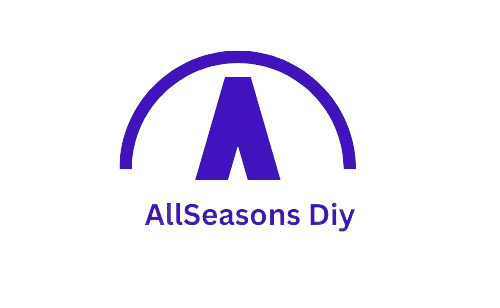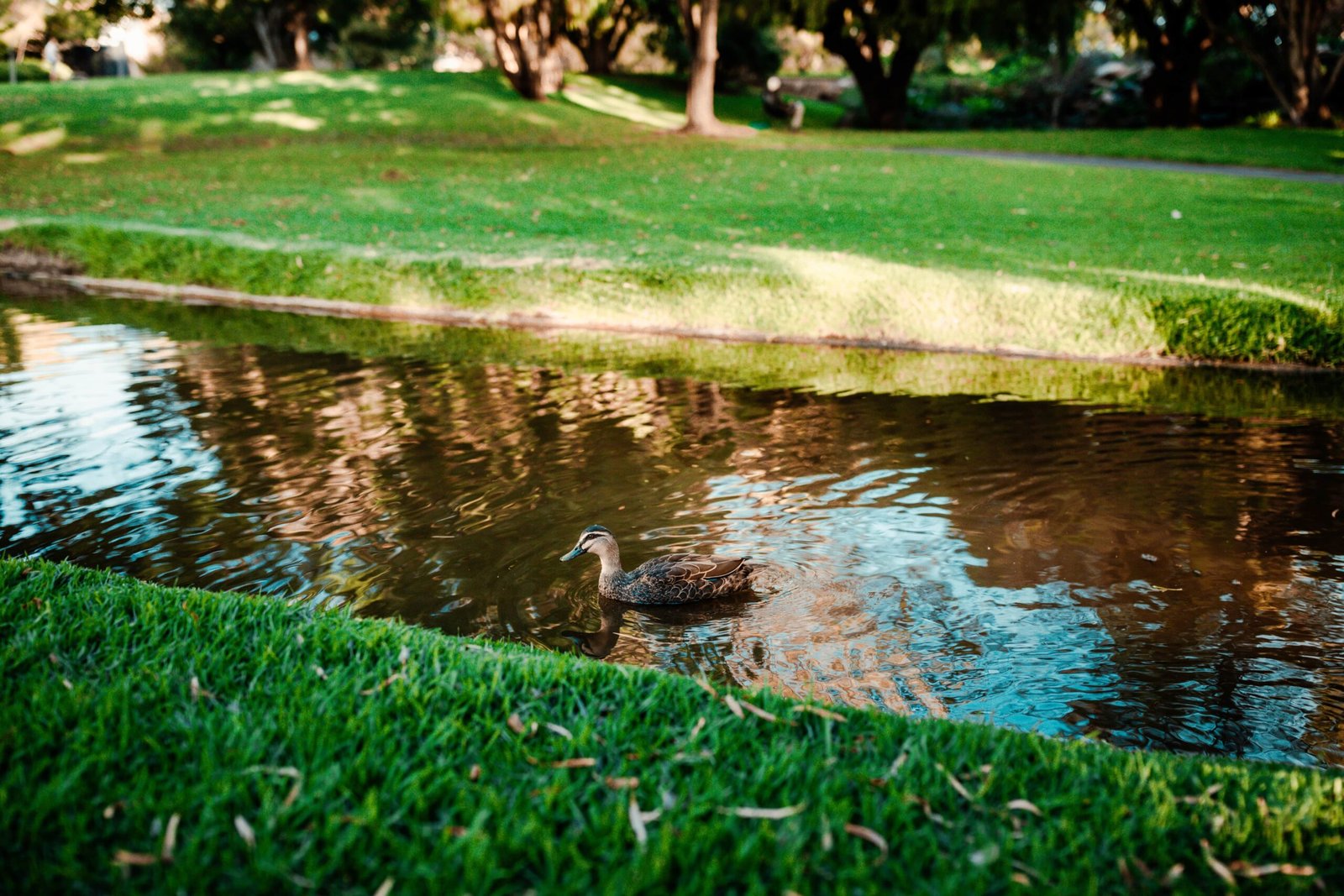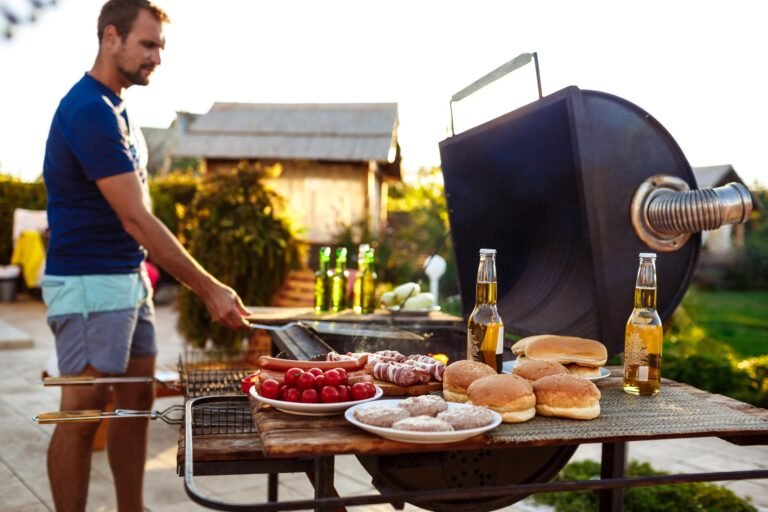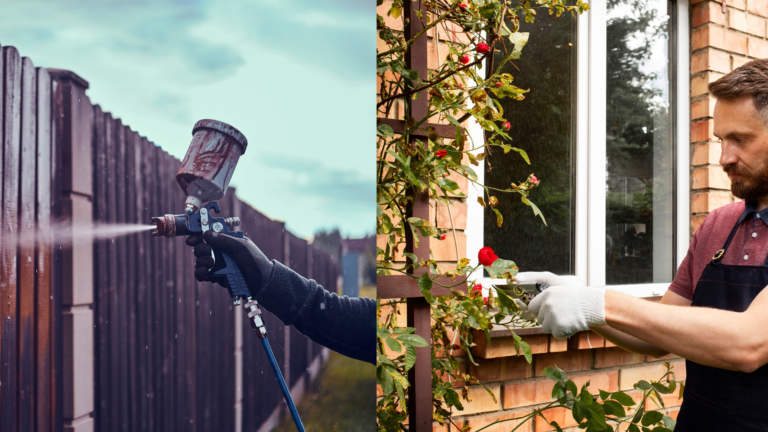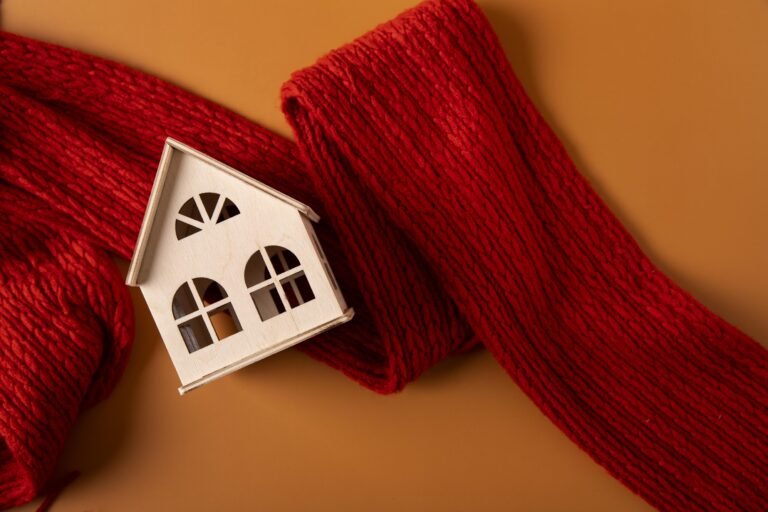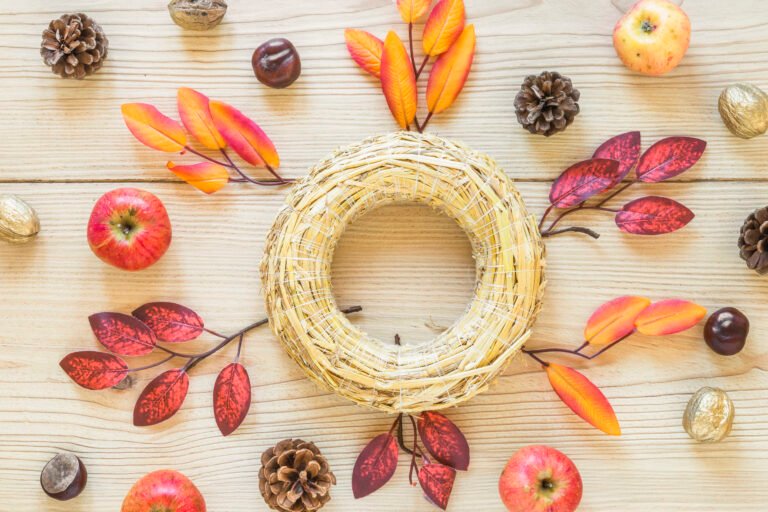How to Install a Garden Pond? Essential Tips for Homeowners
Building a garden pond is a wonderful way to make your outdoor area more beautiful and peaceful. This kind of water feature not only makes your garden look more interesting but also creates a home for different wildlife like birds and butterflies, and adds a soothing touch to your yard. Whether you’re an experienced gardener or a beginner eager to start a new project, putting in a garden pond is a doable task that can greatly improve the look and nature-friendly appeal of your home.
Before you start digging for your garden pond, it’s important to plan things out. You need to pick the best spot, decide how big it will be, and choose the right materials. These steps are crucial because they help ensure your project turns out well. This guide is here to give you important tips and things to think about that will help you through the process, making sure your garden pond is both pretty and lasts a long time. Let’s explore the main steps to design and build your little paradise in the backyard.
What are the Basics of Garden Ponds?
At its most basic description, a garden pond is a water feature with huge size variations, deepness variations, and diverse designs, developed for both ornamental and environmental functions. At the most basic level, every pond has three chief constituents: a water-holding liner of some type, a moving water system to circulate the water, and some living vegetation and possibly animals that are part of the pond’s ecosystem. The type of functional use your pond is going to have is an important component of its design. For example, an ecosystem pond designed to attract wildlife will most likely be constructed with sloping sides to enable easy access in and out of the pond by the wildlife and will be heavily planted with native vegetation. On the other hand, a pond might be more decorative and include waterfalls, stepping stones, or even a fountain.
It also boils down to proper location. A pond should be in a place that is very effective visually, but it is also important to locate it practically. In general terms, it cannot be located under trees, where leaves will accumulate and fall into the water; it must get at least five to six hours of sunlight if you are going to grow aquatic plants. Ensure the site is level to avoid a situation of uneven water levels, which will result in structural and aesthetic issues. With that, the fundamentals for garden pond installation are laid down for a great setup process, whereby your garden pond must fit in your landscape appropriately and work efficiently.
Planning Your Garden Pond
Planning is the most important part of installing a garden pond since it will dictate how successful and easy it will be to maintain your water feature in the long run. To start, prepare a rough plan of your garden and mark potential spots in your pond. Think about how the pond will look from different views in your yard and inside your house. This allows you not to misplace any element in the composition of the aquatic landscaping. When you decide on the size and depth of your pond, consider the first intended goal for your pond. Smaller ponds are easy to maintain, affordable to install, and hence less costly. They may, however, lack a diversity of plant and animal life. Larger ponds can potentially be more ecologically productive but are extra demanding in terms of effort, time, and budget for maintenance. Consider the depth of your pond as well: deeper ponds may be able to support fish and better water quality but will require more labor and safety.
Post that, material selection is another aspect that should be planned; the flexible liners, preformed liners, or concrete could be some of your options to line your pond. Flexible liners allow for more shape options, but they have to be installed very carefully to avoid puncturing. Preformed liners are easy to install but are limited in shapes and sizes. Concrete holds the best for durability yet is quite laborious and expensive to install. You may also want to have a filtration system and a water pump that will help circulate clean and oxygenated water, especially if fish are desired in the garden idea. Finally, you might have to look into the electricity needed to run the pump and possibly any lighting that one may wish to install. These may need a professional to ensure safety in their installation. By giving careful consideration to all the points mentioned, you can be sure your garden pond will be a beautiful yet practical addition to your home.
What are the Materials and Tools Needed?
It will also help you further in setting up your garden pond freely, thus saving you all the time you would waste pausing and looking for items. Below is an itemized list for you to begin with:
- Pond Liner: Essentially, this may be a flexible liner, a preformed liner, or a concrete base, depending on your design and budget. If you go for a flexible liner, you may need to go for underlayment you place a protective layer on the liner to avoid any leaking that may arise from puncturing your liner.
- Pump and Filter System: This will take care of water clarity and proper oxygenation within the pond. Both the size of every kind of pump and whether or not you are thinking of adding a waterfall or fountain will sizably depend on your pond’s volume.
- Water Treatment Supplies: You will need some treatments to remove chlorine in case you fill your pond with tap water, and then you will deal with the addition of some good bacteria to help set up the ecosystem.
- Rocks and Gravel: These may seem to be aesthetic issues, but they anchor the liner down in your pond and provide space for bacteria to colonize.
- Aquatic Plants: Choose water plants that help oxygenate the water, filter it, and provide a home for pond wildlife. Use a mix of floating and marginal plants.
- Basic Gardening Tools: You’ll need a spade for digging, a spirit level or laser level to ensure the ground and water are even, scissors or a utility knife for cutting the liner, and a wheelbarrow for moving materials.
- Other Tools and Supplies:
- Hose for filling the pond
- Aquarium/fish net for removing debris
- Tape measure for checking the ground and water features are level
- Safety gloves for handling materials
- Rubber mallet for securing stones or pavers around the pond edge
Depending on your project, you may need electrical tools and materials, or professional help for electrical components. It’s always best to have all materials and tools ready so you can complete your pond efficiently and effectively.
Step-by-Step Guide to Installing a Garden Pond

Pond installation is a very fulfilling project for everyone. Follow these steps to ensure your pond is both beautiful and functional:
- Mark the Area: Use a garden hose or rope to outline the shape and size of the pond on the ground. This will help you reduce mistakes while digging.
- Excavation: Dig the marked area to the desired depth with a shovel. Ponds have different depths to host various types of plants and animals. Create shelves on the sides if you plan to add aquatic plants.
- Set Underlayment and Liner: If using a flexible liner, place a protective underlayment over it to protect it from rocks and roots. Carefully set the liner over the underlayment, ensuring it covers all surfaces and extends beyond the pond’s edge.
- Install the Pump and Filter: Set the pump and filter according to the manufacturer’s instructions. Place the pump at the bottom of the pond, which is its lowest point, to ensure proper water circulation.
- Fill the Pond: Slowly fill the pond with water, smoothing out the liner to avoid wrinkles and ensure it sits evenly. As the pond fills, place stones or pavers around the edge to secure the liner in place.
- Position Electrical Components: If your pond includes lighting or other electrical features, install them according to local regulations. It’s best to hire a licensed electrician for this task.
- Add Rocks and Gravel: With the pond filled, add rocks and gravel to create a natural look and anchor the liner. This also provides a surface for beneficial bacteria to grow.
- Add Plants: Plant water plants in the pond according to their appropriate zones. Marginal plants go on the shallow shelves, while water lilies and submerged plants go in the deeper areas.
- Turn the Pump On and Check the Filtration System: Switch on the pump to start water circulation. Check for any leaks or issues in the filtration system.
- Add Fish (Optional): If you plan to add fish, wait a few weeks for the pond ecosystem to establish. Slowly acclimate the fish to the pond’s temperature and water chemistry to prevent stress.
- Monitor and Maintain: Regularly check the water quality, pump, and filter system. Clean the pond as needed by removing debris and trimming plants to keep the ecosystem healthy.
By following these steps, you’ll create a stunning and sustainable garden pond that will be a focal point in your garden for years to come.
Maintenance Tips for Your Garden Pond
Regular maintenance ensures that your garden pond remains a healthy and beautiful part of your landscape. Here are key points on how to keep your pond in good condition:
- Clean the Pond Regularly: Debris like leaves, twigs, or dead plants can accumulate in the pond. Use a skimmer net to regularly remove debris from the surface. In the fall, use a pond net to keep falling leaves out.
- Monitor Water Quality: Regularly test the water with a water test kit for pH levels and the levels of nitrate and ammonia. An imbalance can harm aquatic life and indicate a problem with the filtration system.
- Control Algae Growth: Algae can quickly take over if not controlled. Introduce plants that compete with algae for nutrients and sunlight, thus starving the algae. Barley straw pouches are a natural way to help keep algae at bay.
- Check and Clean the Pump and Filter: The pump and filter are essential for water circulation and cleanliness. Check and clean them regularly according to the manufacturer’s instructions to ensure they work properly.
- Plant Growth Control: Aquatic plants can grow quickly and sometimes take over the pond. Trim them regularly and remove any invasive plants that crowd out others.
- Winter Care: If you live where the water freezes, protect your pond in winter. Consider using a pond heater or de-icer to keep part of the surface ice-free for gas exchange, which is vital for fish and plant life.
- Fish Health: If you have fish, watch their health and behavior. Feed them the right amount, as leftover food can decay and pollute the water.
- Seasonal Maintenance: Spring and autumn are key times for pond maintenance. In spring, clean out any sludge from winter and re-establish the pond’s ecosystem. In autumn, prepare for winter by reducing feeding as the temperature drops and removing sensitive plants.
By following these tips, you’ll keep your garden pond beautiful and functional, providing enjoyment and a natural habitat for wildlife year-round.
What are the Legal and Safety Considerations?
Here’s a primer on the legal and safety aspects of installing a garden pond:
- Check Local Regulations: Before starting your pond project, consult your local zoning office or homeowners’ association to find out if any permits or restrictions are needed. This can include size limits, location restrictions, or rules about water usage and drainage.
- Safety: Ponds can be a drowning hazard, especially for small children and pets. Consider installing a fence around the pond or designing the edges to prevent accidental falls. Also, remember that deeper ponds require more stringent safety measures.
- Electrical Safety: If your pond has electrical equipment like pumps, filters, or lighting, ensure all installations follow national safety codes. Hire a qualified electrician for the work and use ground fault circuit interrupter (GFCI) outlets to prevent electrical shocks.
- Water Treatment and Wildlife: Be careful when using chemicals to treat the water or control algae. These chemicals can harm local wildlife, pets, and even people if not used correctly. Opt for natural water treatment methods when possible, and always follow the product guidelines.
- Structural Integrity: Ensure your pond doesn’t affect the foundation of your home or nearby structures. Water can erode foundations over time, leading to serious structural problems.
- Mosquito Control: Stagnant water can breed mosquitoes. Make sure your pond has proper water circulation with a working pump and filter system. Consider adding fish like goldfish or mosquitofish that eat mosquito larvae.
- Accessibility: Make sure the area around your pond is easy to access for maintenance. There should be enough space to walk safely around the pond, reach for maintenance tasks, and perform regular cleaning and equipment checks.
By considering these legal and safety aspects, you can enjoy your garden pond without worries, ensuring it enhances your property while being a safe, compliant, and ecologically friendly addition to your home.
In conclusion
Finally, installing a garden pond can turn your outdoor space into a serene and colorful paradise. By understanding the basics, planning carefully, gathering the right materials, and following a step-by-step installation guide, you can create a beautiful and functional pond in your yard. Regular maintenance will keep your pond charming and vibrant all year round. Considering legal and safety issues ensures the pond complies with local regulations and is safe for wildlife and your family. Whether you’re an experienced gardener or a beginner, a garden pond invites nature into your backyard, providing endless enjoyment and a peaceful retreat.
FAQs
What is the best location for a garden pond in my yard?
Choose a level spot that gets 5-6 hours of sunlight daily, away from overhanging trees to minimize debris. Ensure it’s visible from your home for enjoyment and security.
How deep should my garden pond be?
Depth depends on your climate and whether you’ll have fish. Typically, a depth of 18-24 inches works well for most plants and wildlife; however, if you’re in a colder region and plan on keeping fish, consider deeper sections up to 3 feet to prevent complete freezing.
Do I need a pump for my garden pond?
Yes, a pump is crucial for maintaining water circulation and oxygen levels, which are vital for fish health and clear water. It also powers any waterfalls or fountains, adding to your pond’s beauty and functionality.
Can I install a garden pond without professional help?
Yes, you can install a small to medium-sized pond yourself using a preformed liner or flexible liner. Larger or more complex designs, especially those requiring significant electrical work, might benefit from professional installation.
What types of plants are suitable for a garden pond?
Include a mix of submerged plants, marginal plants, and floating plants. Submerged plants like Hornwort help oxygenate the water, while marginal plants like irises beautify the edges, and floating plants like water lilies provide shade and reduce algae growth.
